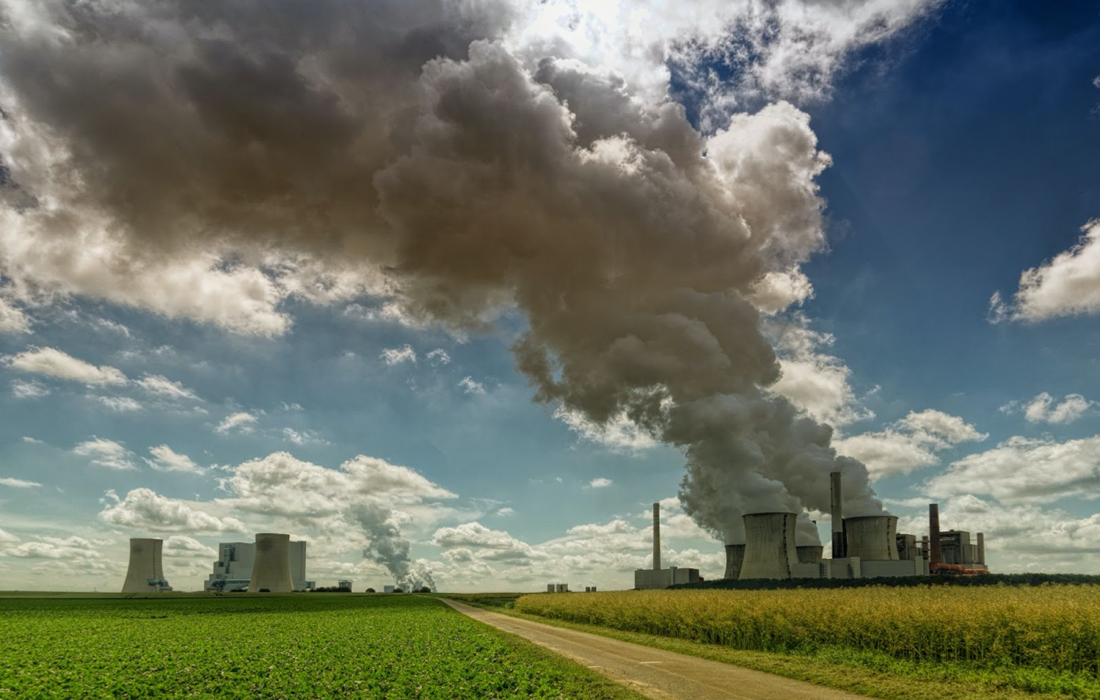Lifestyle
Air Pollution from Oil and Gas Production Contributes to Thousands of Early Deaths and Childhood Asthma Cases
Despite global efforts to transition from fossil fuels to clean energy, oil and gas (O&G) production is nearing record levels in the United States, posing concern among health experts about what this O&G growth means for air quality and human health.
A new study found that air pollution from the oil and gas sector in the United States has substantial adverse impacts on air quality, human health, and health costs.
The findings show that the pollutants nitrogen oxide (NO2), fine particulate matter (PM2.5) and ozone (O3) from U.S. oil and gas production contributed to 7,500 excess deaths, 410,000 asthma attacks, and 2,200 new cases of childhood asthma across the U.S. in 2016. Factoring in related respiratory and cardiovascular-related hospitalizations, adverse pregnancy outcomes, and other health challenges, oil and gas production was responsible for $77 billion in annual health costs.
“These substantial impacts from oil and gas production show that there are serious consequences across the full life cycle of oil and gas, from ‘well to wheels,’ ‘well to power plant,’ and ‘well to furnace,'” says study corresponding author Jonathan Buonocore. “The health impacts are not just from the combustion of oil and gas. In order for energy, air quality, and decarbonization policies to successfully protect health, they need to incorporate health impacts across this full life cycle.”
A novelty of this modeling framework is the inclusion of health impacts of NO2, and the use of an advanced model that better captures the chemistry of emissions from the oil & gas sector. Among the three pollutants, NO2 was the highest contributor to the overall health impacts, producing 37 percent of these effects, followed by ozone at 35 percent, and PM2.5 at 28 percent. The vast majority of these effects pertained to mortality. NO2 contributes to the formation of PM2.5 and ozone, so strategies to reduce O&G-produced NO2 could be effective in reducing health impacts. State regulations addressing precursor NO2 emissions from the oil and gas sector could help mitigate childhood asthma cases for communities living in proximity to the emission sources, and provide secondary ozone and PM2.5 health benefits in downwind areas.
“Curbing oil and gas emissions is one of the fastest, most cost-effective ways to reduce methane and other air pollutants, which improves air quality, protects public health and slows climate change,” says study co-author Ananya Roy. “It’s critical that the U.S. Environmental Protection Agency strengthens and finalizes its proposed oil and gas methane rules as quickly as possible.”
The authors say future studies should focus on learning more about health impacts across the full life cycle of O&G production, as well as the benefits of additional O&G pollution control strategies.
Sources:
Jonathan J Buonocore, Srinivas Reka, Dongmei Yang, Charles Chang, Ananya Roy, Tammy Thompson, David Lyon, Renee McVay, Drew Michanowicz, Saravanan Arunachalam. Air pollution and health impacts of oil & gas production in the United States. Environmental Research: Health, 2023; 1 (2): 021006 DOI: 10.1088/2752-5309/acc886
Boston University School of Public Health. “Air pollution from oil and gas production responsible for $77 billion in annual US health damages, contributes to thousands of early deaths, childhood asthma cases nationwide: These health impacts affected communities in states with high oil and gas production, as well as states with limited or no gas activity, underlining the need for comprehensive regulatory action to protect Americans from pollutants..” ScienceDaily. ScienceDaily, 8 May 2023. <www.sciencedaily.com/releases/2023/05/230508114018.htm>.
Images from:
Photo by Johannes Plenio
https://unsplash.com/photos/5_9inhy4NSE

